Sweetgrass braids/zoetgras strengen voor smudging/reinigen
€7,50
Sweetgrass strengen om te gebruiken voor smudging (reinigen), prayers (gebeden) en heling.
Sweetgrass/zoetgras neemt een belangrijke plaats in in de cultuur en ceremonies van de Noord Amerikaanse indianen, aangezien het een van de vier planten is (tabak, salie, ceder en sweetgrass/zoetgras) die als heilige medicijnen worden beschouwd. Sweetgrass, vaak vertegenwoordigd in de inheemse legende, wordt al lang gebruikt en vereerd vanwege zijn geneeskrachtige eigenschappen en zijn zoete, langdurige geur.
Afmeting (ongeveer) 55cm lang, 2 cm breed, 0,5 dik
Gekocht op het Six Nations reservaat in Ontario in Canada.
‘Sweetgrass is the hair of our Mother, separately, each strand is not as strong as the strands are when braided together’
Uitverkocht
Beschrijving
Sweetgrass strengen om te gebruiken voor smudging (reinigen), prayers (gebeden) en heling.
Sweetgrass/zoetgras neemt een belangrijke plaats in in de cultuur en ceremonies van de Noord Amerikaanse indianen, aangezien het een van de vier planten is (tabak, salie, ceder en sweetgrass/zoetgras) die als heilige medicijnen worden beschouwd. Sweetgrass, vaak vertegenwoordigd in de inheemse legende, wordt al lang gebruikt en vereerd vanwege zijn geneeskrachtige eigenschappen en zijn zoete, langdurige geur.
Afmeting (ongeveer) 55cm lang, 2 cm breed, 0,5 dik
Gekocht op het Six Nations reservaat in Ontario in Canada.
‘Sweetgrass is the hair of our Mother, separately, each strand is not as strong as the strands are when braided together’
Extra informatie
| Gewicht | 0,05 kg |
|---|---|
| Afmetingen | 55 × 2 × 0,5 cm |





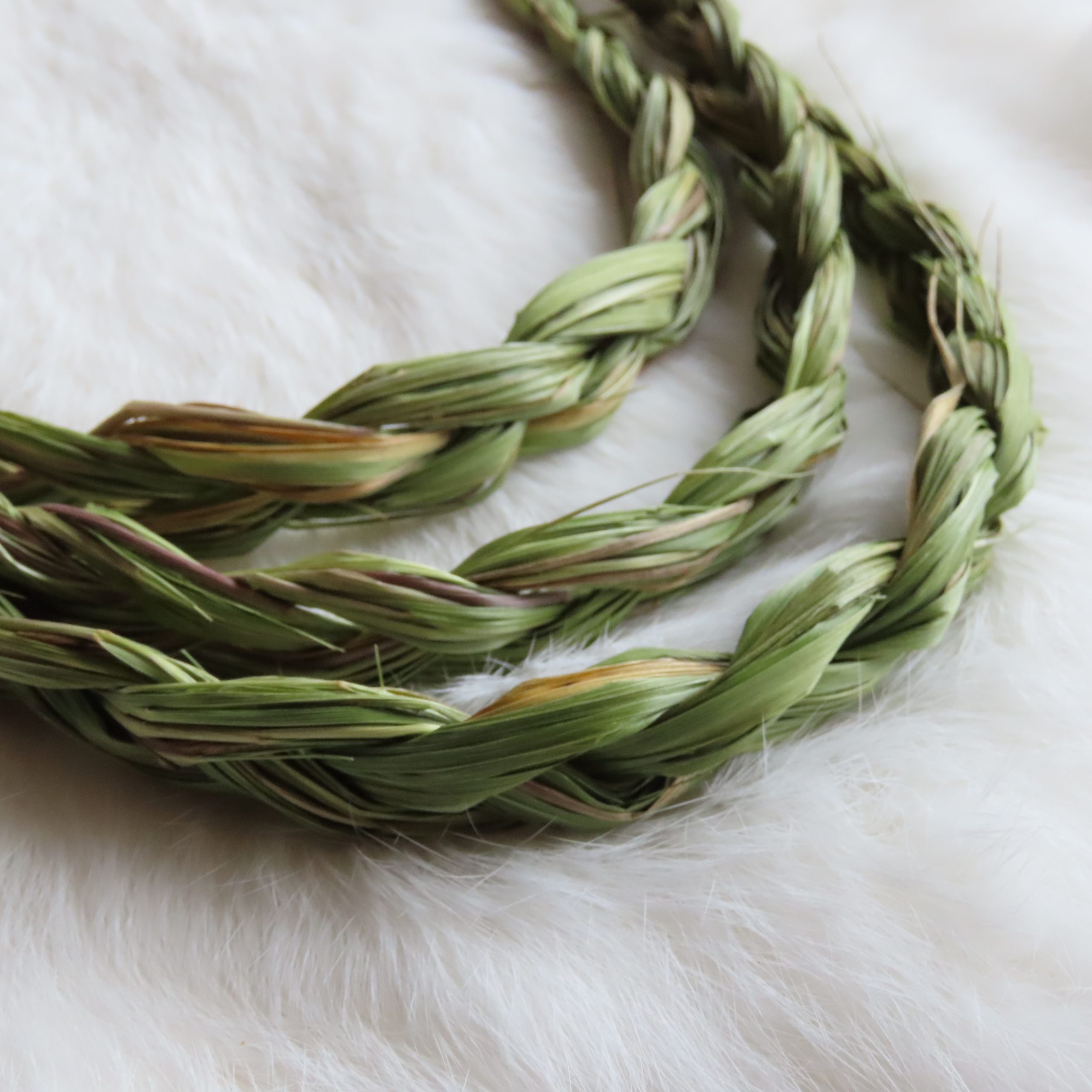
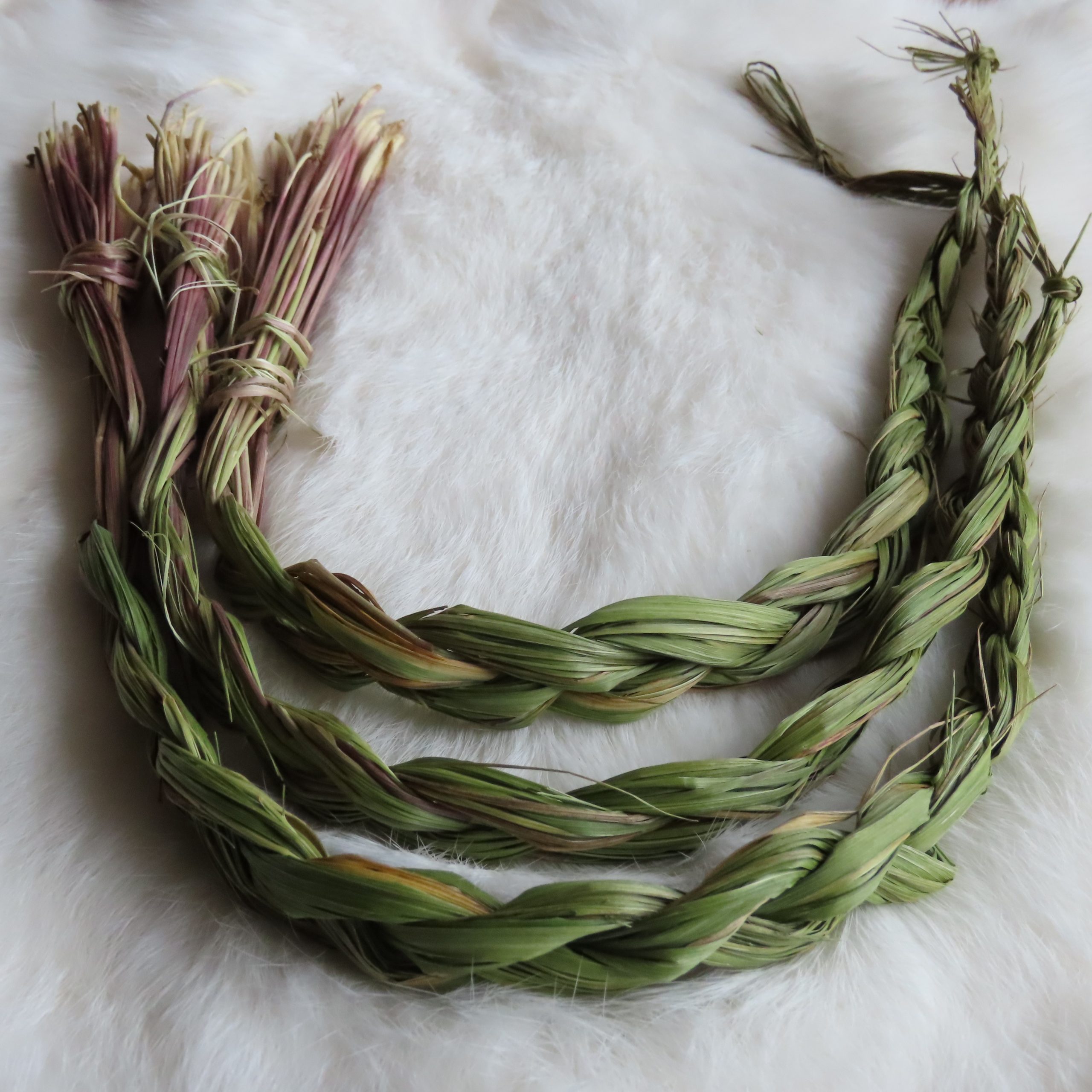
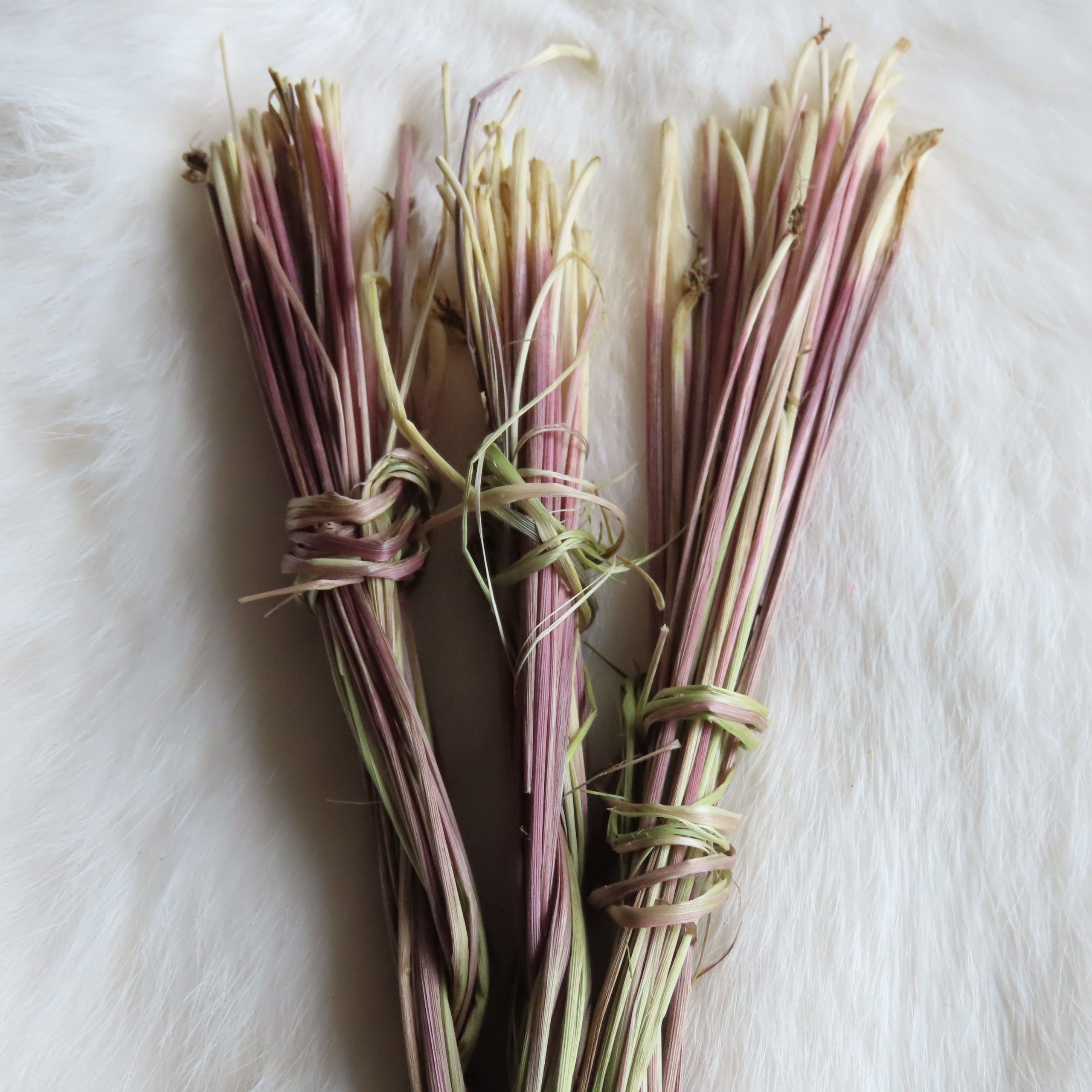
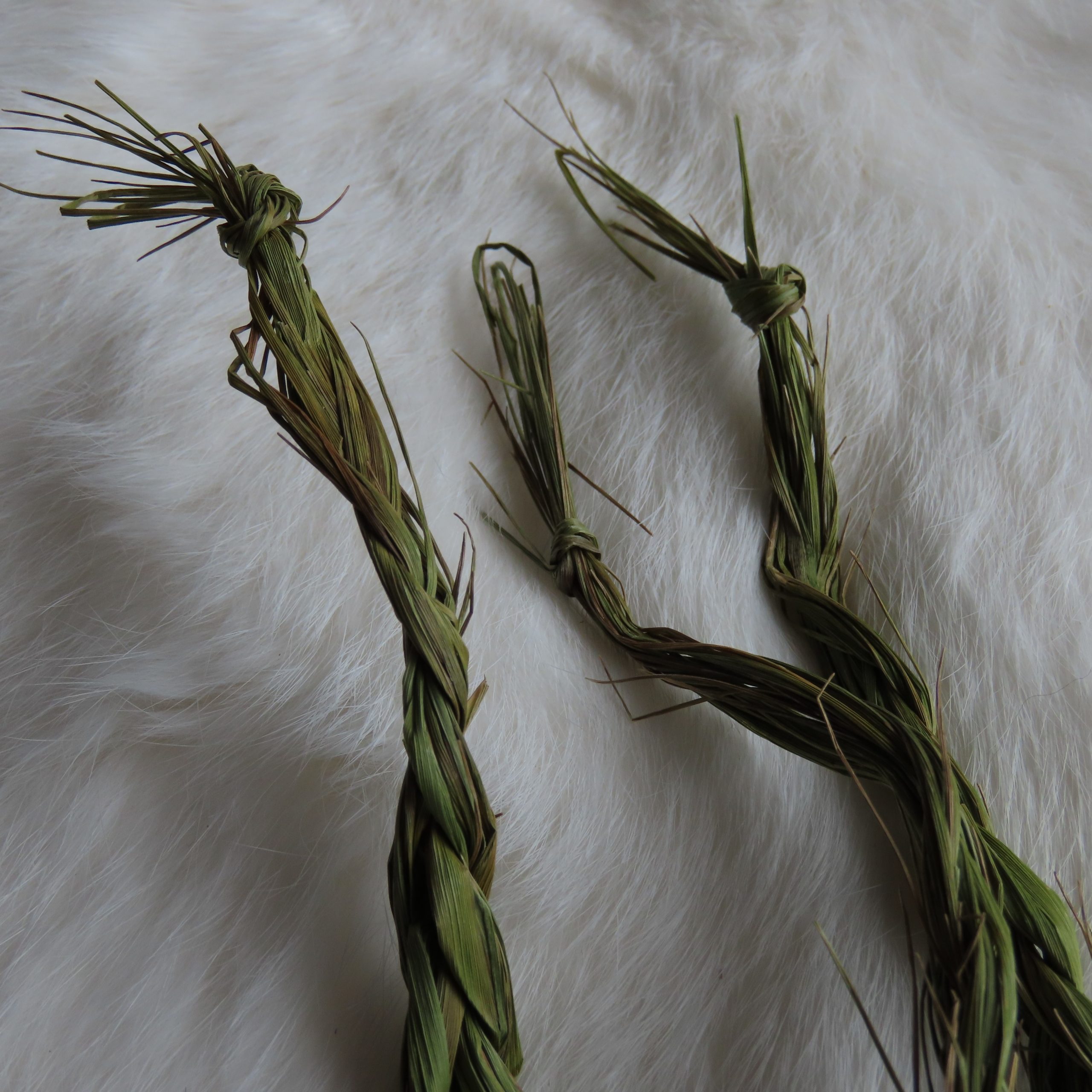
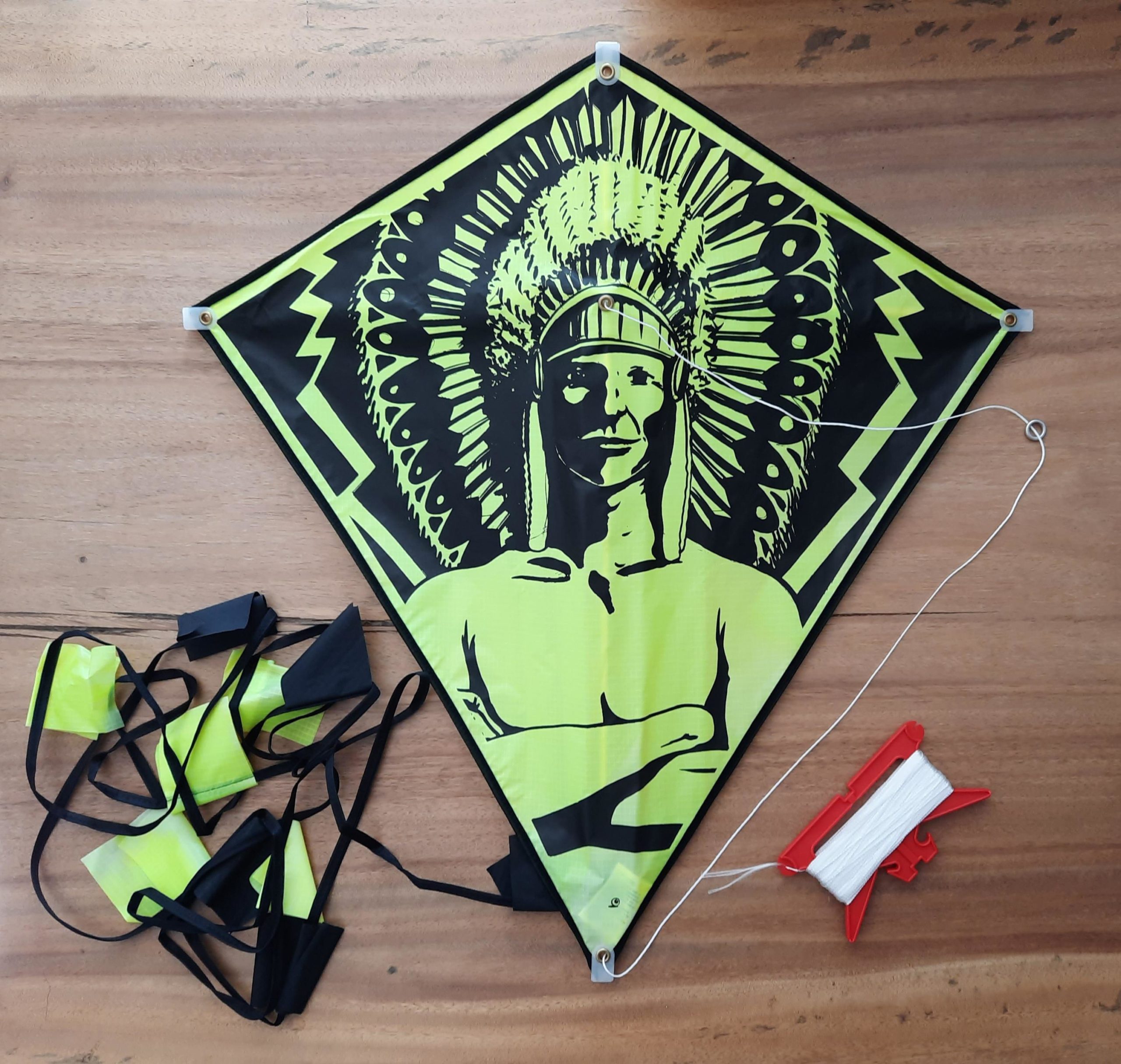
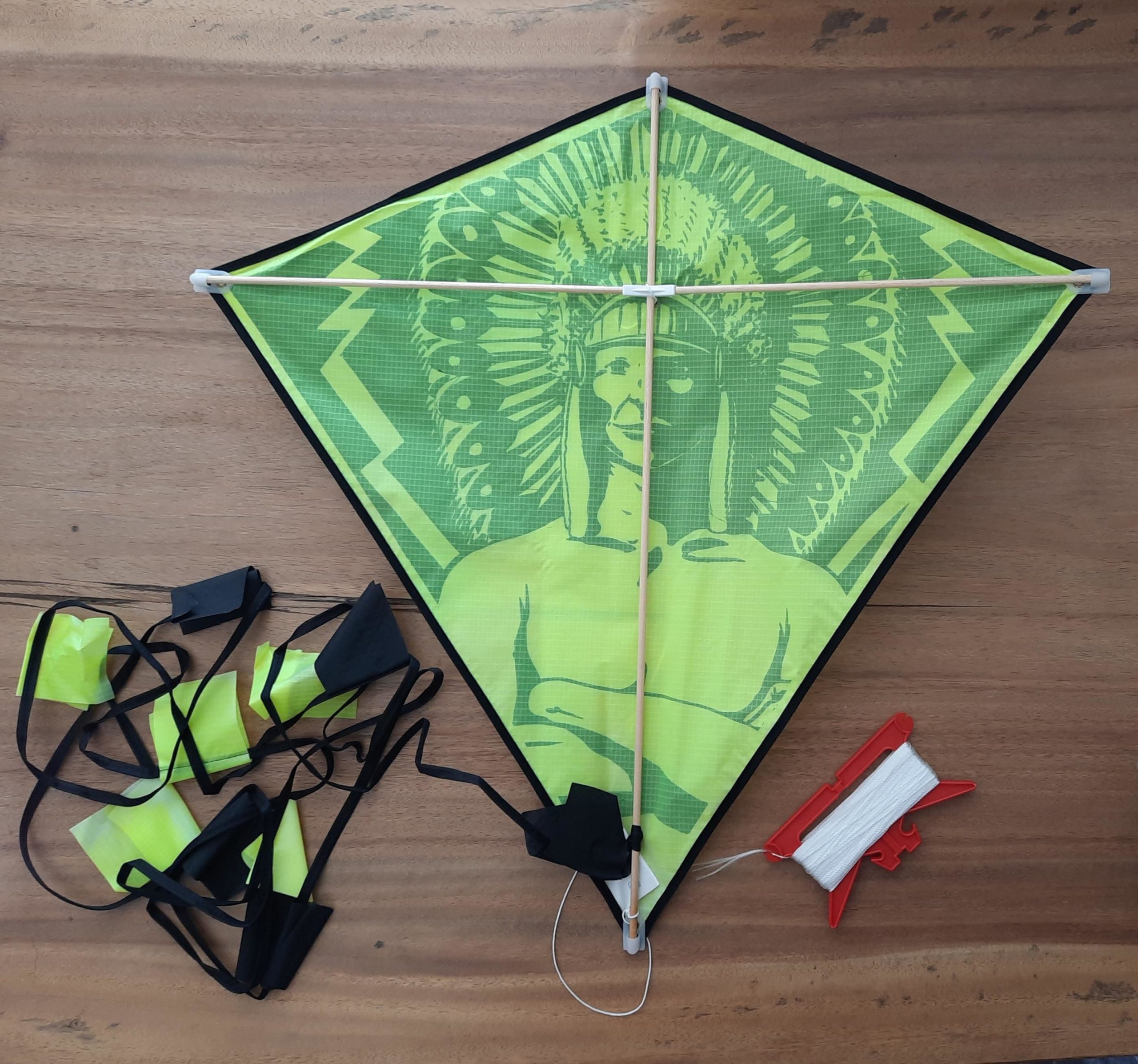
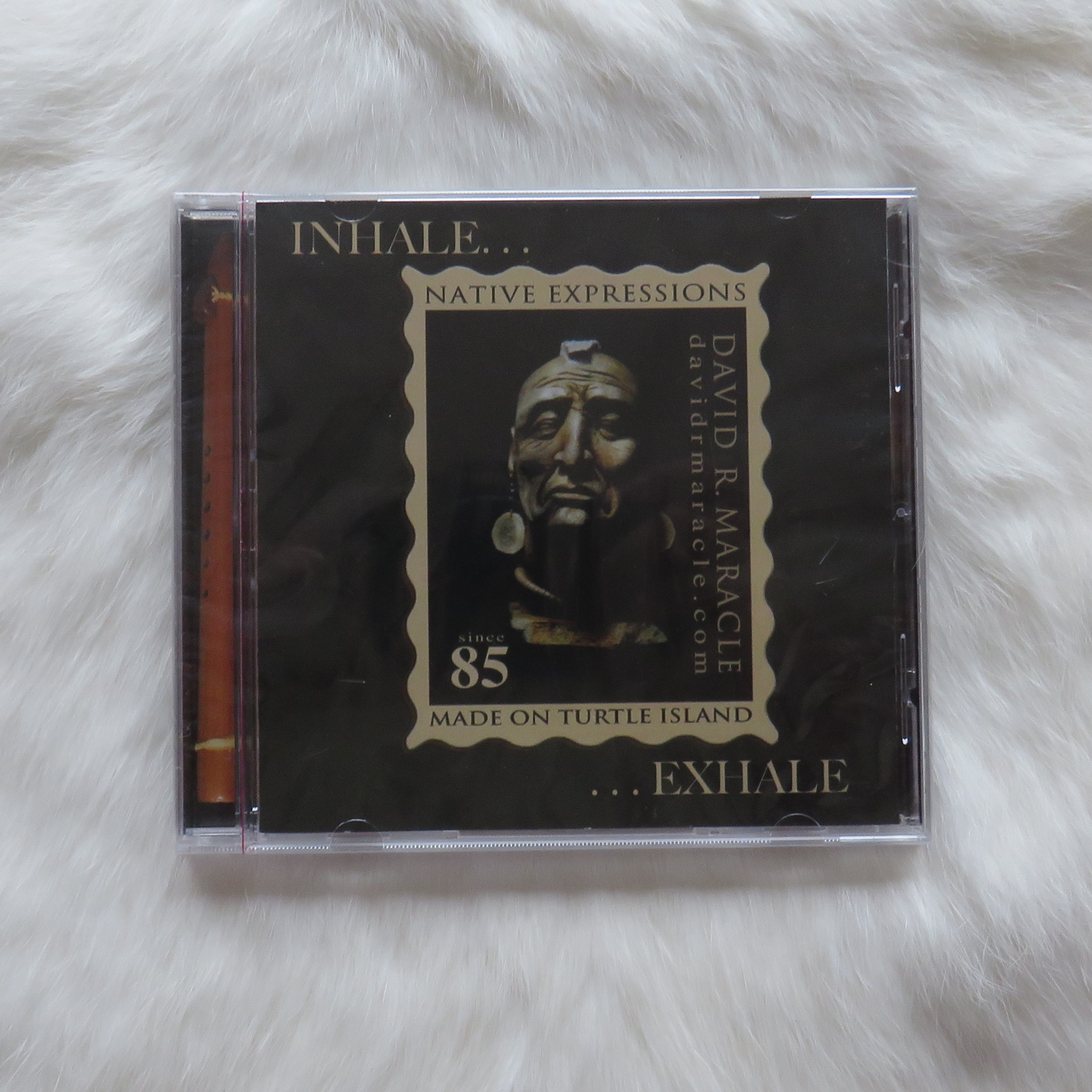
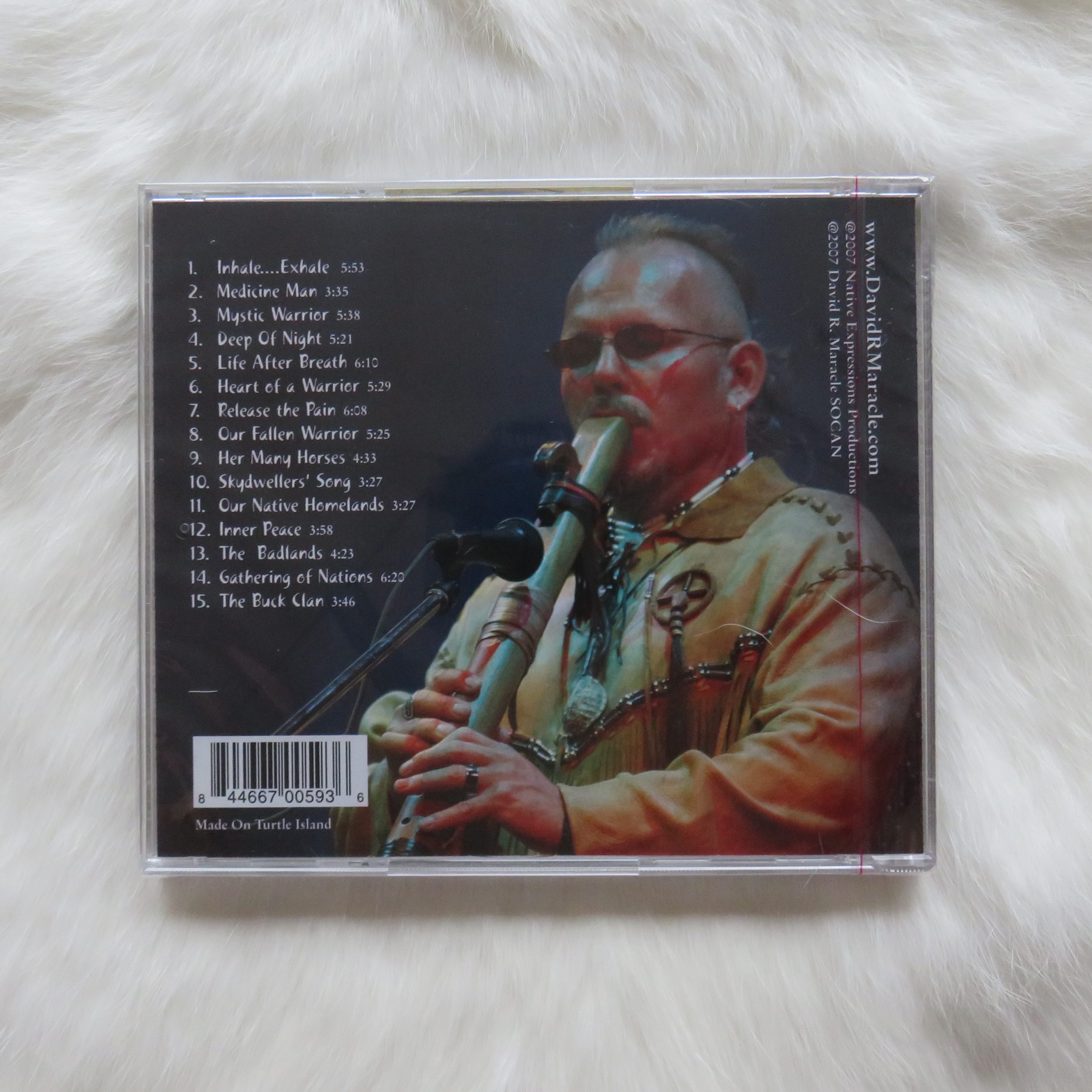
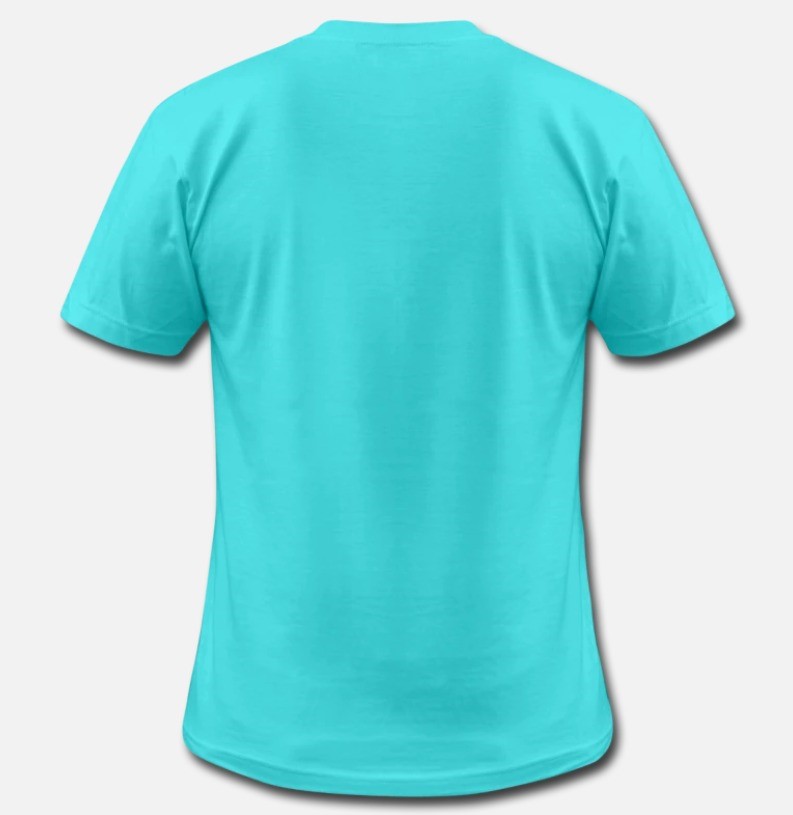
Beoordelingen
Er zijn nog geen beoordelingen.